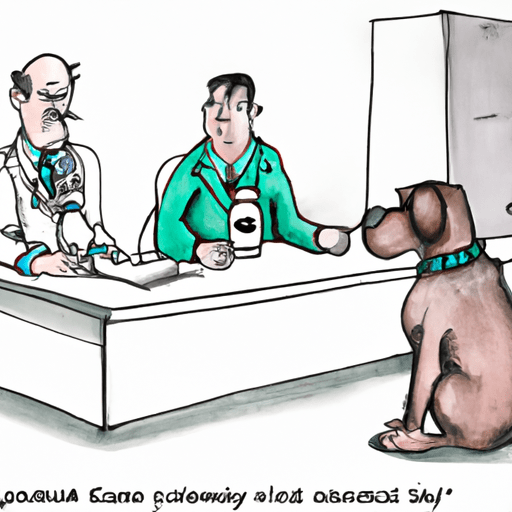“`
How Much Clindamycin for Dogs: A Comprehensive Guide for Caregivers
As a caregiver, you’re often tasked with providing the best possible care for your furry friend. It’s a role you take up with love and dedication, and one that often involves dealing with a variety of health concerns. One such concern might be bacterial infections, for which clindamycin is commonly prescribed. Let’s dive deeper into the subject of how much clindamycin you should be giving your dog.
Understanding the Role of Clindamycin in Canine Medicine
Clindamycin is an antibiotic that’s often prescribed to treat a variety of bacterial infections in dogs. While it’s effective, it’s important for you, the caregiver, to understand exactly how it works, when it should be used, and the potential side effects.
- How Clindamycin Works: Clindamycin works by inhibiting the growth of bacteria, allowing your dog’s immune system to effectively combat the infection.
- When to Use Clindamycin: Clindamycin is typically used for skin, bone, and dental infections, as well as certain types of pneumonia.
- Potential Side Effects: Side effects can include diarrhea, vomiting, and loss of appetite.
Determining the Correct Dosage of Clindamycin for Your Dog
Determining the correct dosage for clindamycin can be tricky. It’s based on various factors, like your dog’s weight and the severity of the infection. Always consult with your vet to get an accurate dosage. However, here’s a general guideline:
| Weight of Dog | Dosage |
|---|---|
| Up to 5 kg | 25 mg |
| 5-10 kg | 50 mg |
| 10-20 kg | 100 mg |
| Above 20 kg | 150 mg |
Administering Clindamycin to Your Dog
Administering medication to your dog can be a challenge. Here are some tips:
- Hide the pill in a treat or a piece of cheese.
- Use a pill dispenser if your dog is particularly resistant.
- Always follow up with plenty of water.
Monitoring Your Dog After Administration
After administering clindamycin, it’s important to closely monitor your dog. Look out for any adverse reactions, and if you notice anything unusual, contact your vet immediately.
Frequently Asked Questions
Q: Can clindamycin be used for long-term treatment?
A: Clindamycin is typically used for short-term treatment. Long-term use can lead to antibiotic resistance.
Q: Can all dogs take clindamycin?
A: Most dogs can safely take clindamycin, but it should be avoided in dogs with kidney or liver disease.
Q: What if my dog misses a dose?
A: If your dog misses a dose, give it as soon as you remember. If it’s almost time for the next dose, skip the missed dose.
Remember, always consult with your vet when it comes to your dog’s health. This guide is intended to supplement, not replace, professional veterinary advice.
“`



